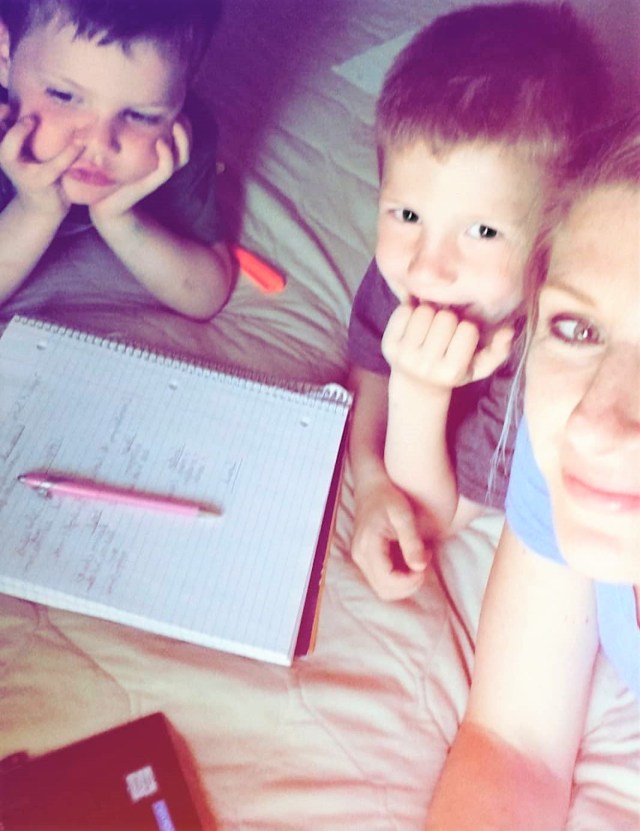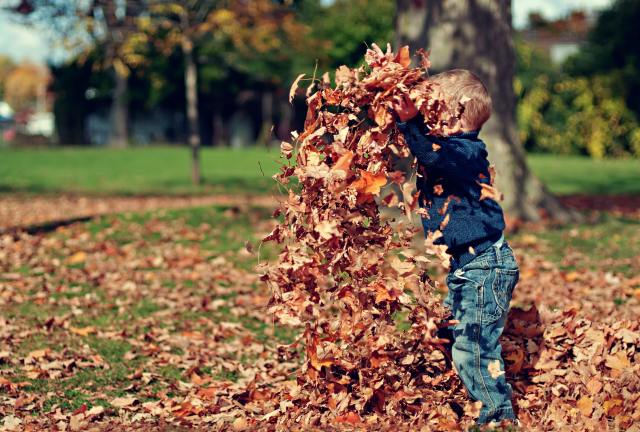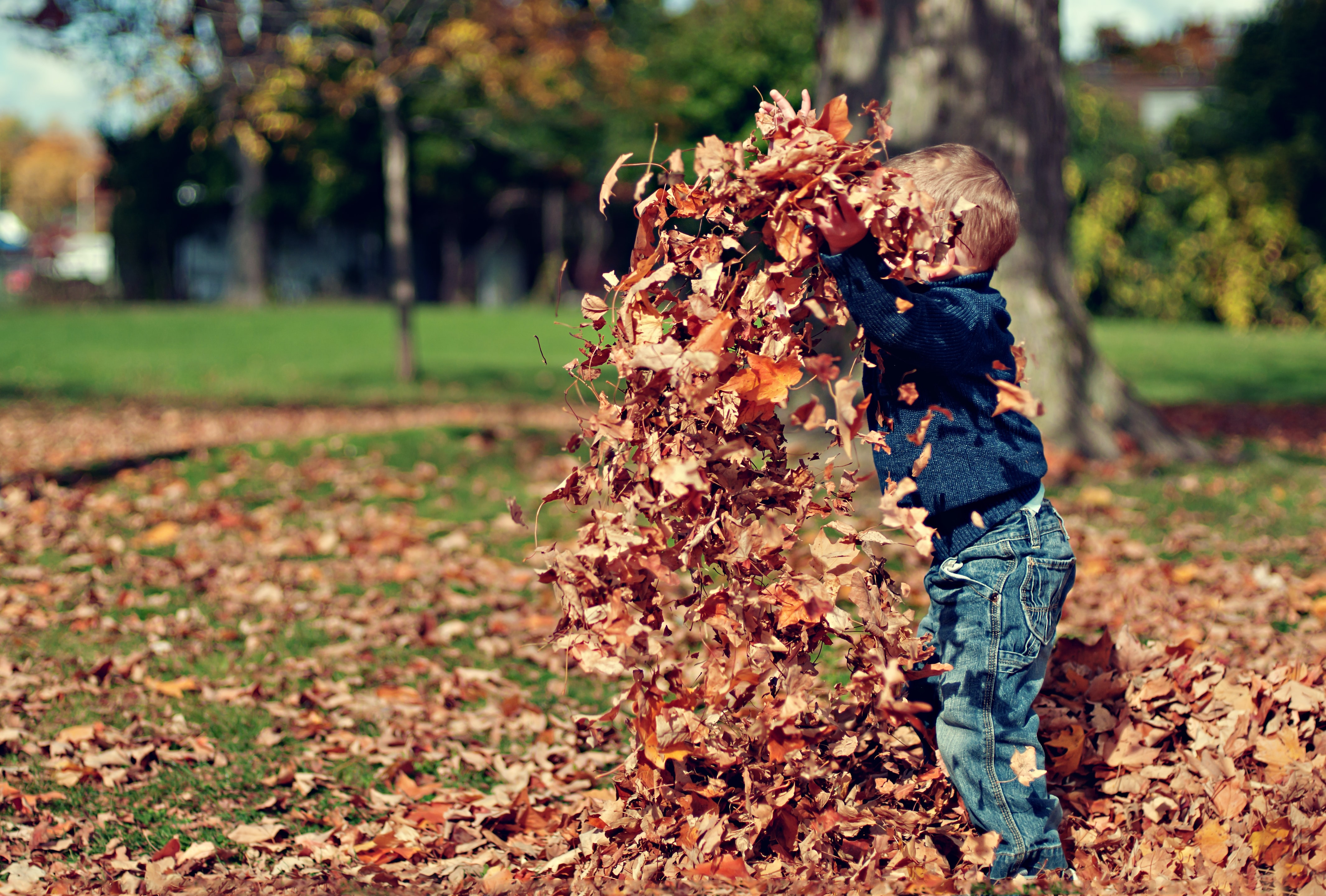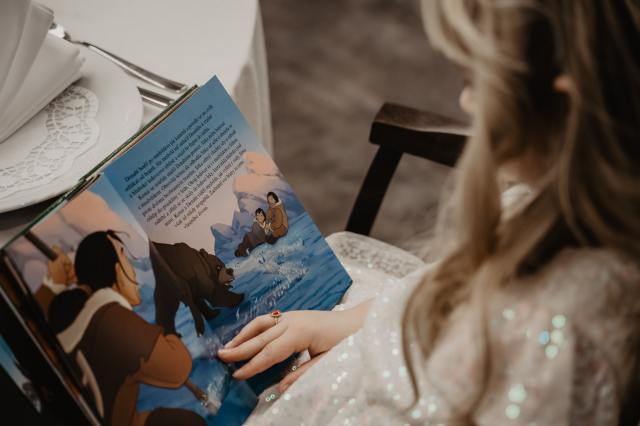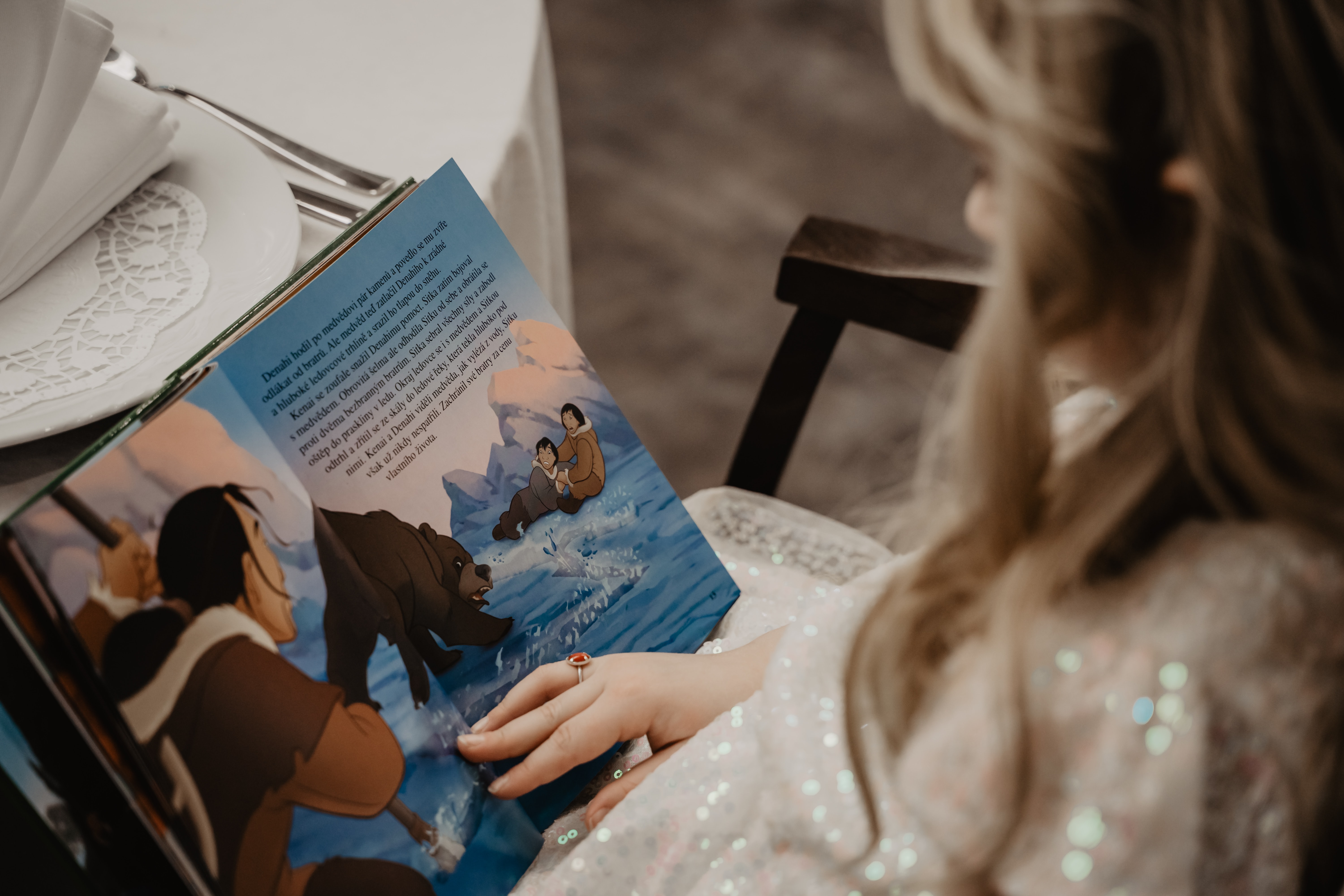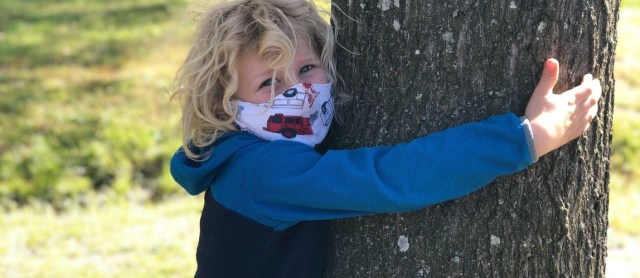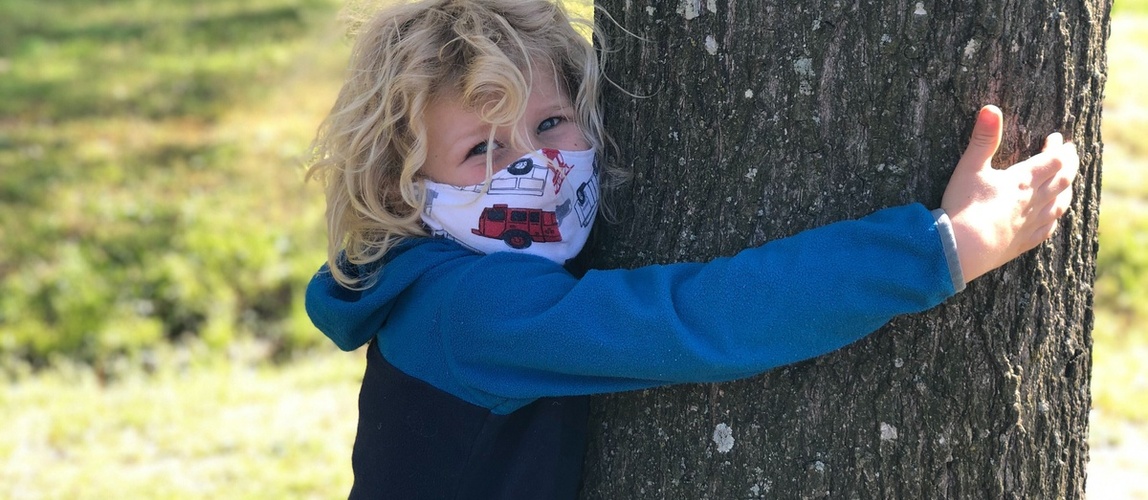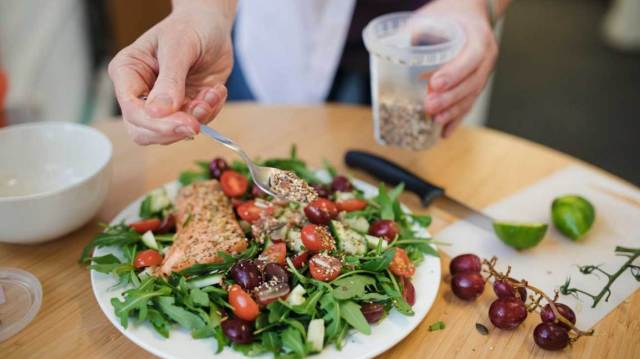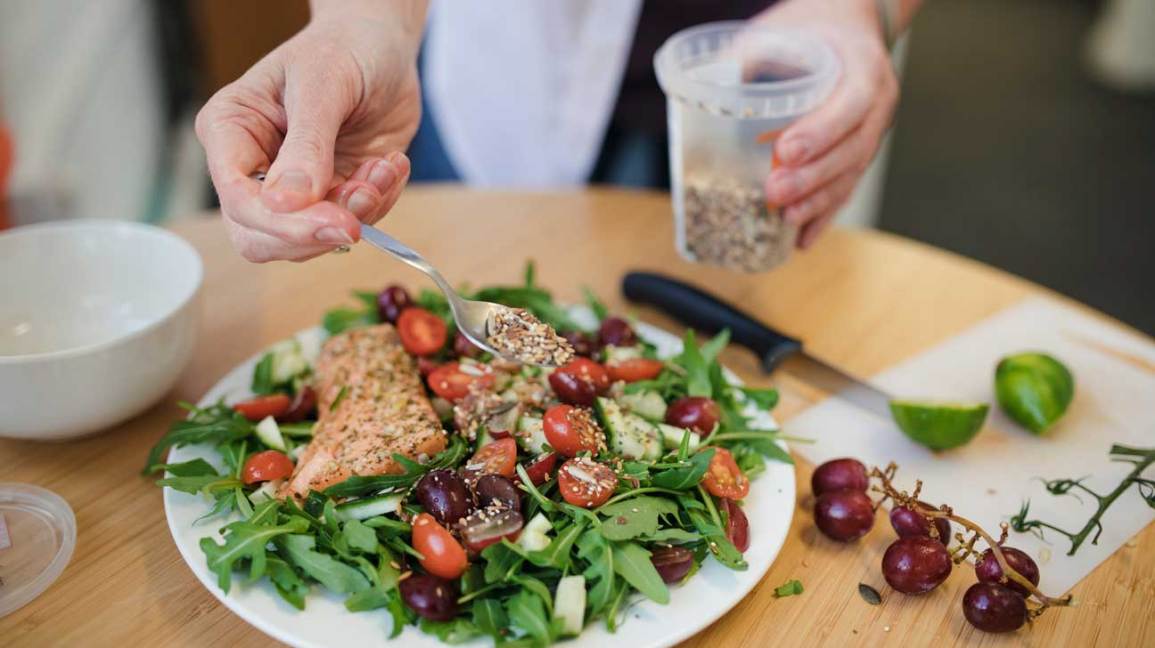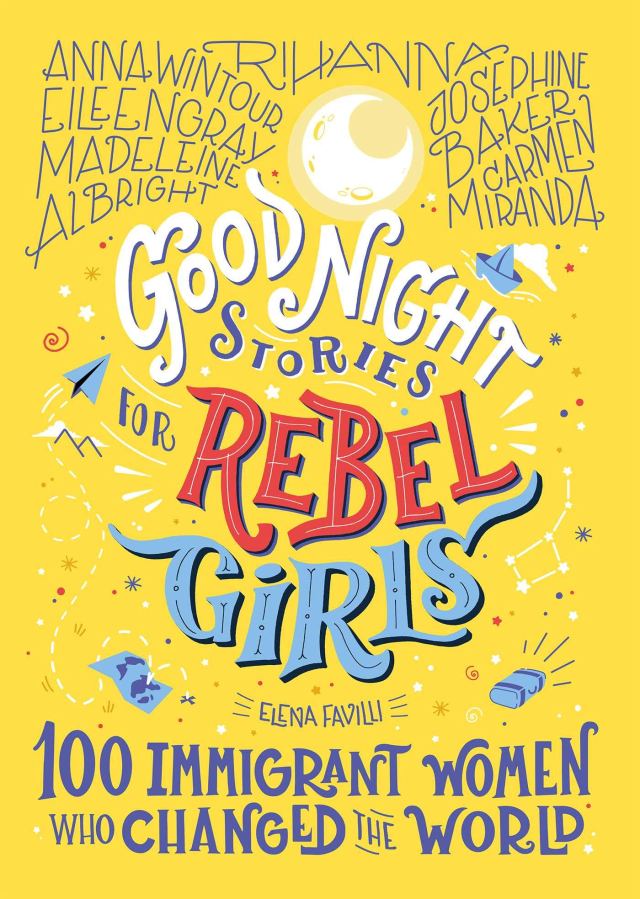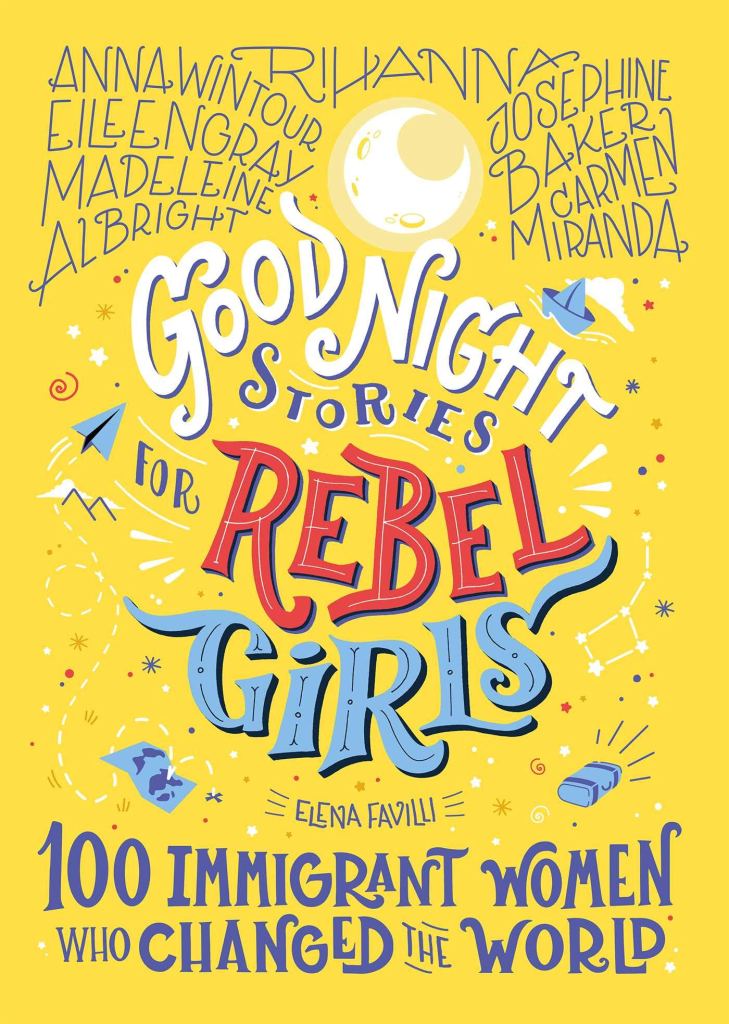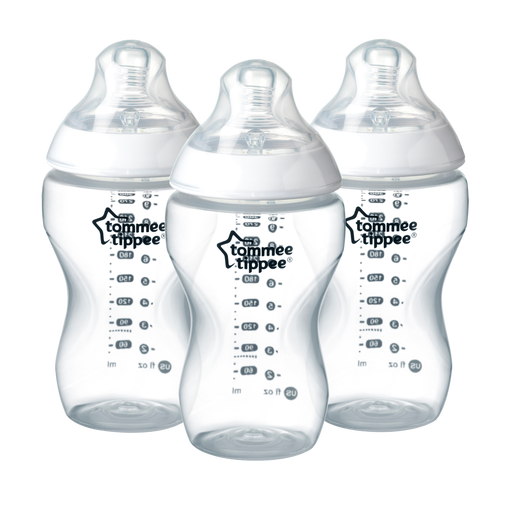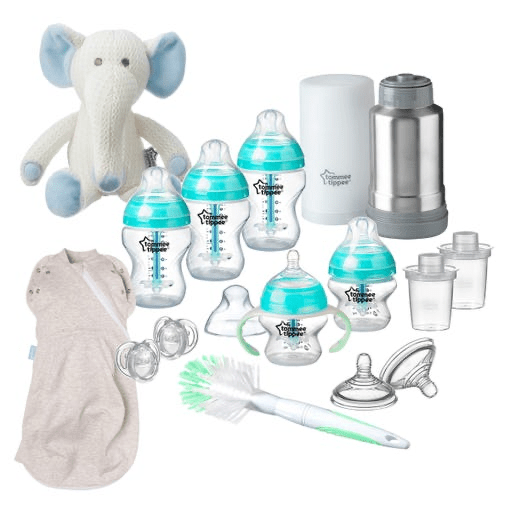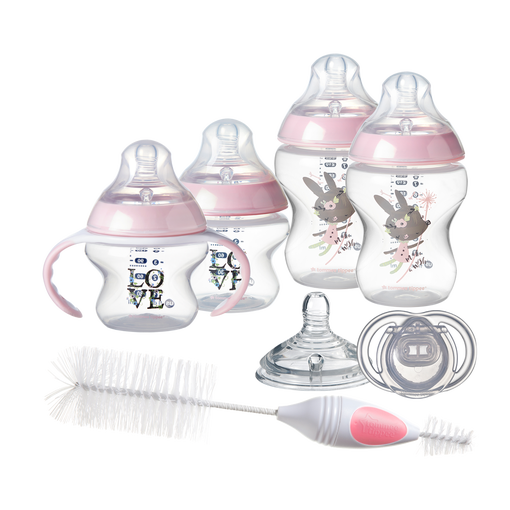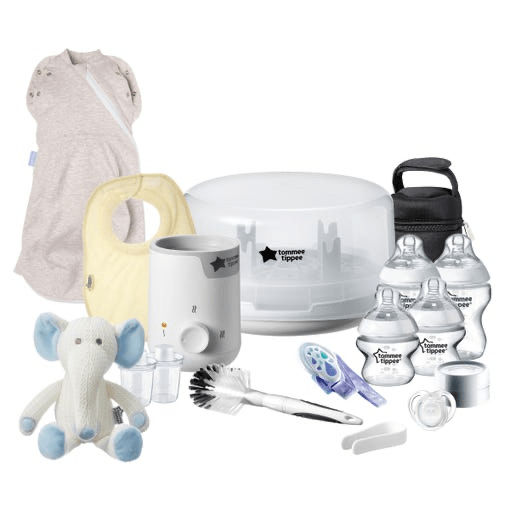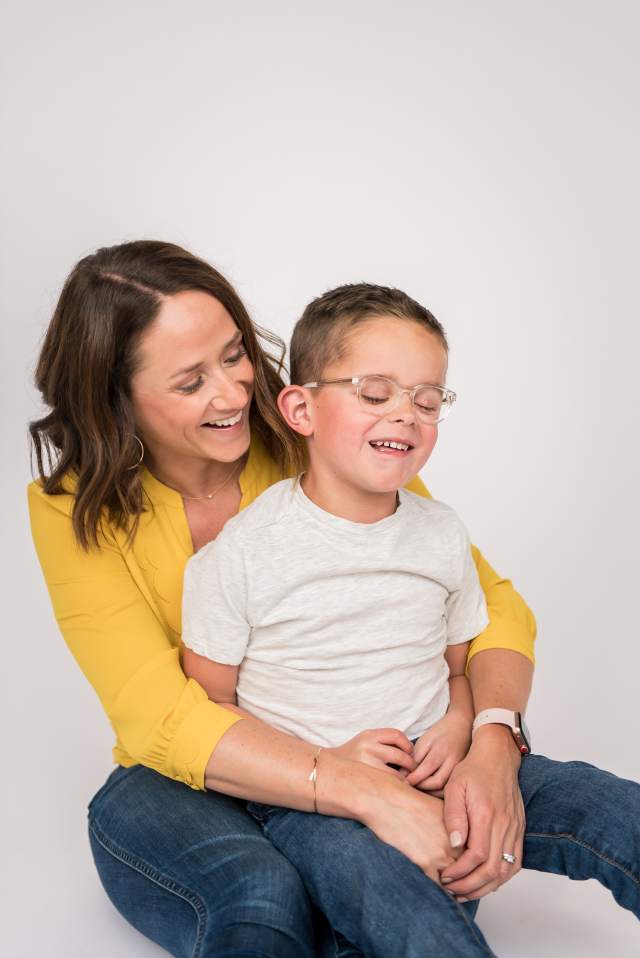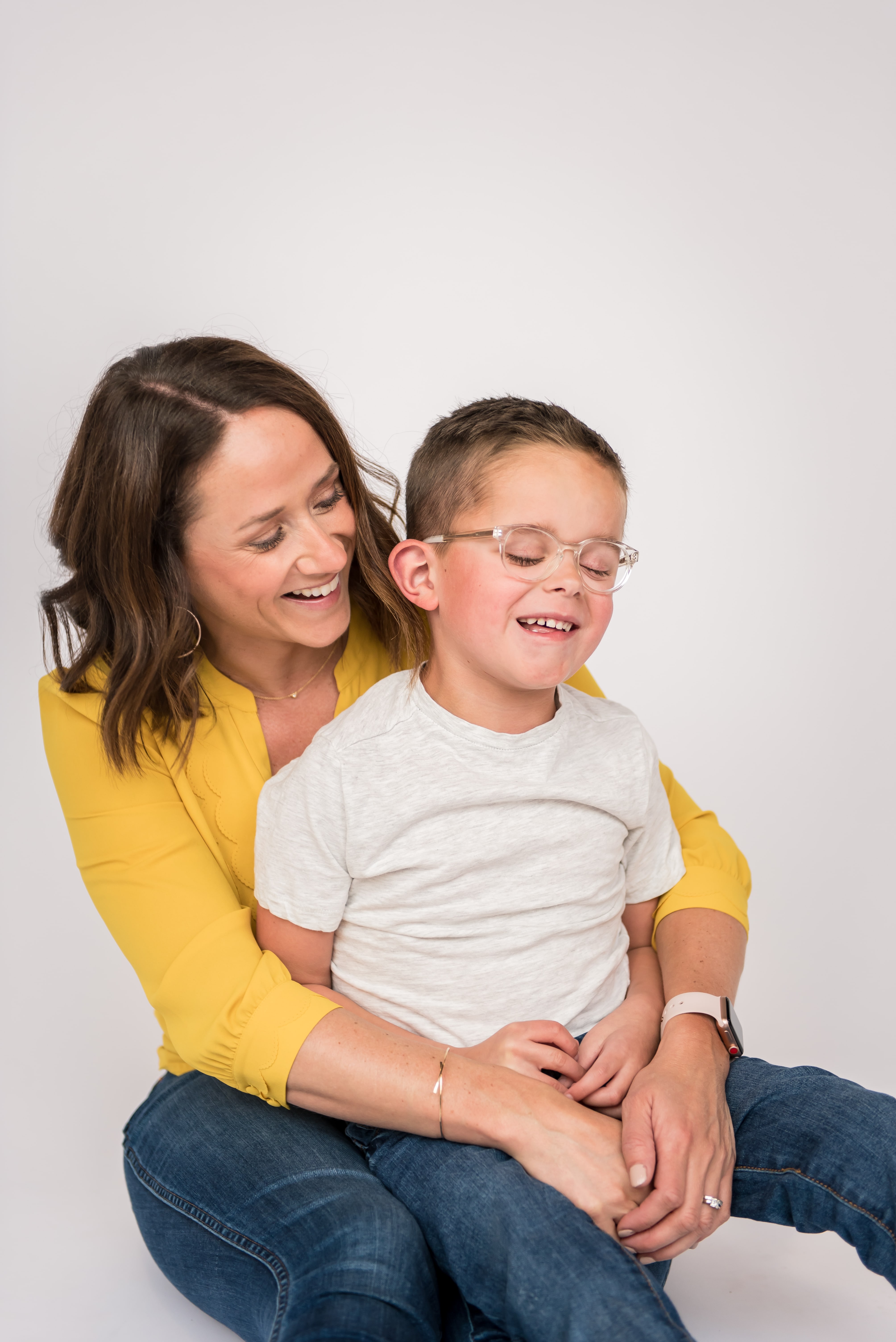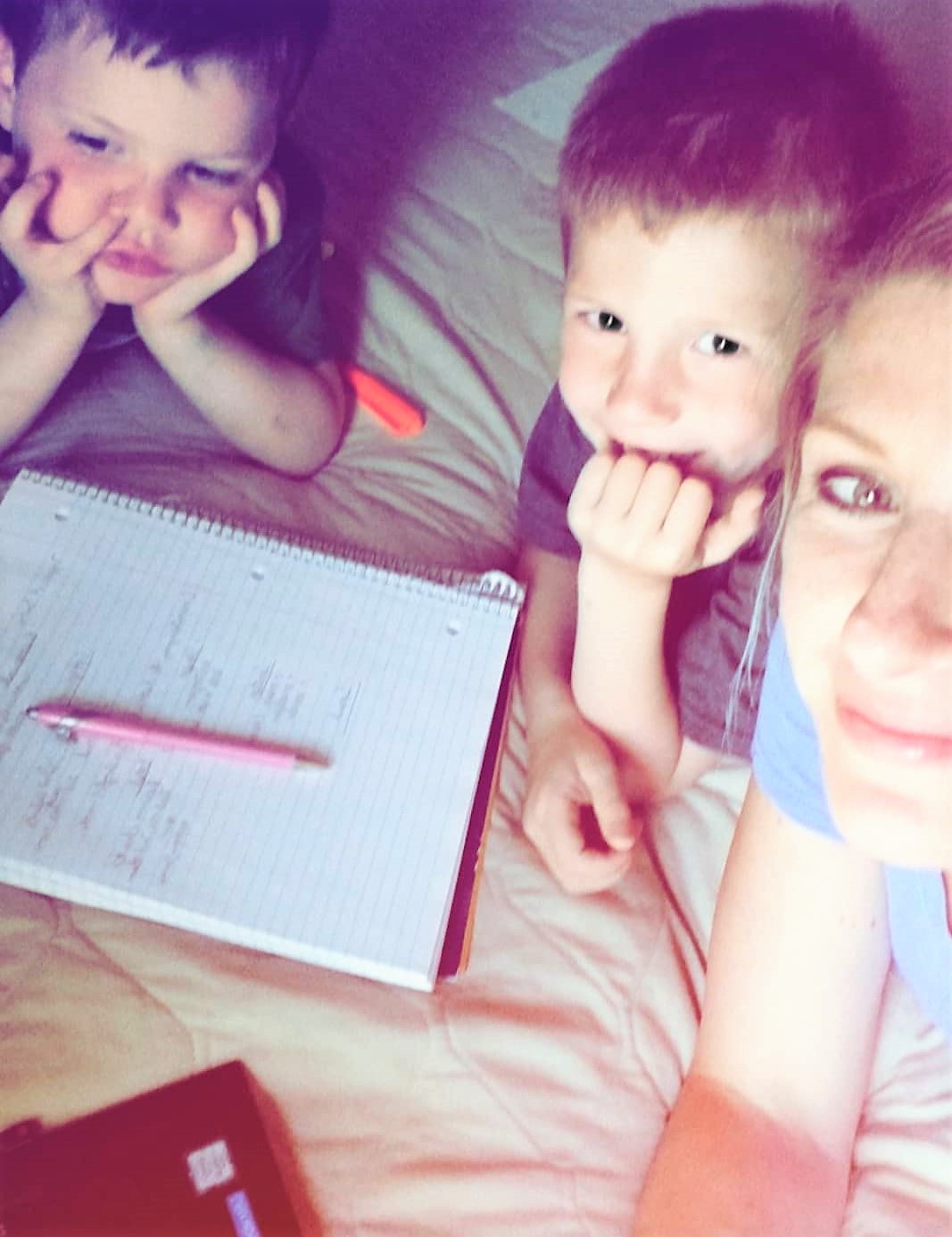
It sounds overwhelming already, I know. Just the thought of returning to school is difficult but now as a parent?!? Whether you are looking to complete a college degree, sharpen your skills, get your Master’s degree or even a PhD, I am here to tell you, from my own experience, it’s possible, even as a parent.
Here are just a few tips on things that have worked for me over the two and a half years. I began my degree with a 5 year old, 3 year old and a newborn. As a full-time working mom to three young boys, I know that it is possible and so worth it.
Remember you can still chase your dreams while chasing your tiny humans.
1. Find the right school. First of all, one positive out of this pandemic is that online learning has become even easier and possibly even less expensive than ever before. My first recommendation is to look into all possible resources for the degree that you want to obtain. You can look into local community colleges, state universities and even all-online universities such as DeVry, Northeastern, and University of Phoenix.
What matters most, is if you are looking for particular credentials or a specific degree (such as an MBA) make sure the school is accredited. It may be less expensive to earn a degree online but it may not be from an accredited institution. The database of postsecondary institutions and programs can be found here. Also, if you are seeking education or skills but not necessarily a degree, one can look into a variety of online resources and credentialing like digital badges or even certificates from places such as Linked In Learning, Khan Academy, edX, Skillshare and Coursera.
Next, is the biggest tip I can give.
2. Make the time. If you have decided you want to work toward a degree and invest in your own education, you have to set aside the time. First, think of the things in your week that suck a lot of time out of your day. Examples could be a hobby, social media, your favorite TV show or a book that you are reading, etc. I learned very quickly the time to yourself will need to be replaced with time for school.
Clear out the non-essentials: You may need to shed some responsibilities temporarily such as PTO, your side-gig, or can someone help you carpool? I think exercise is still very important and so I don’t recommend letting that go. Look at your week and see where you have some “time thiefs” and try to scale it back. You may need to plan ahead and ask others in your life to help a little bit here and there with your kids too—cousins, siblings, grandparents, neighbors, etc. A few hours here and there will really help you out to finish a paper or take an exam.
3. Carve out the time. Now that you have thought about shedding some non-essential obligations from your week, decide when you will fit in school. To me, this was very easy to figure out as a parent. Here are some quick suggestions that may work for you: your lunch hour, evenings after the kids go to bed, (or early mornings if you are an early riser), and Sunday afternoons are great for project/group work. Remember, it is valuable to be very intentional with your time. I like to make sure that I am not studying all weekend and letting the boys just watch TV all day. I will say to them, if you play nicely and let Mommy get her homework done, then we can go to the park afterwards. Doing something really fun after study time is rewarding for everyone!
4. Embrace your new normal. Once in school, it may feel like it hits you hard at first. But remember, it won’t be this way for long. I tell everyone I know, just like with anything else that you have accomplished in life, pretty soon it will become part of your new normal. School and class work will be part of your every day and honestly, the quiet hour or two to myself here and there throughout the week feels like a luxury. Your partner or spouse will be a big help in allowing you to set aside class and homework time.
5. Remember to network. This may be harder to do virtually but still very possible to chat during a Zoom class or stay in touch with those in your group for a project. Also, connect with them via LinkedIn. Talk to your friends, family, and colleagues about your educational goals. It isn’t bragging. You need their support and insights! You won’t believe the network you will build or the connections you can make by talking to others about your decision to go back to school. Also, I always recommend staying in contact with your professor during class and even after. They are there for you and are a tremendous resource.
6. Stay motivated! Keep your eyes on the prize. I cannot wait to graduate in May. I am so excited and this helps me to stay motivated when I feel like I can’t stand another minute of an economics or finance lecture. Always remember why you began in the first place and what you plan to get out of your degree—maybe a new job, a promotion, salary raise or a transition into another field. One day at a time, class by class and before you know it, you will be ready to graduate.
Congrats on your decision to push yourself, invest in yourself (and your family!) and think about the good example that you are setting for your children. My kiddos like to join me, watch a few minutes of a lecture and ask me what I am working on. It is very healthy to let them know about your classes and why you have chosen to go back to school. They are part of your journey too!
